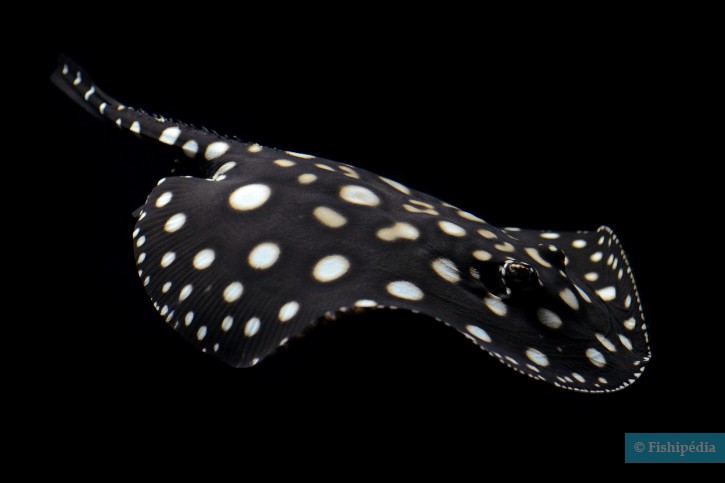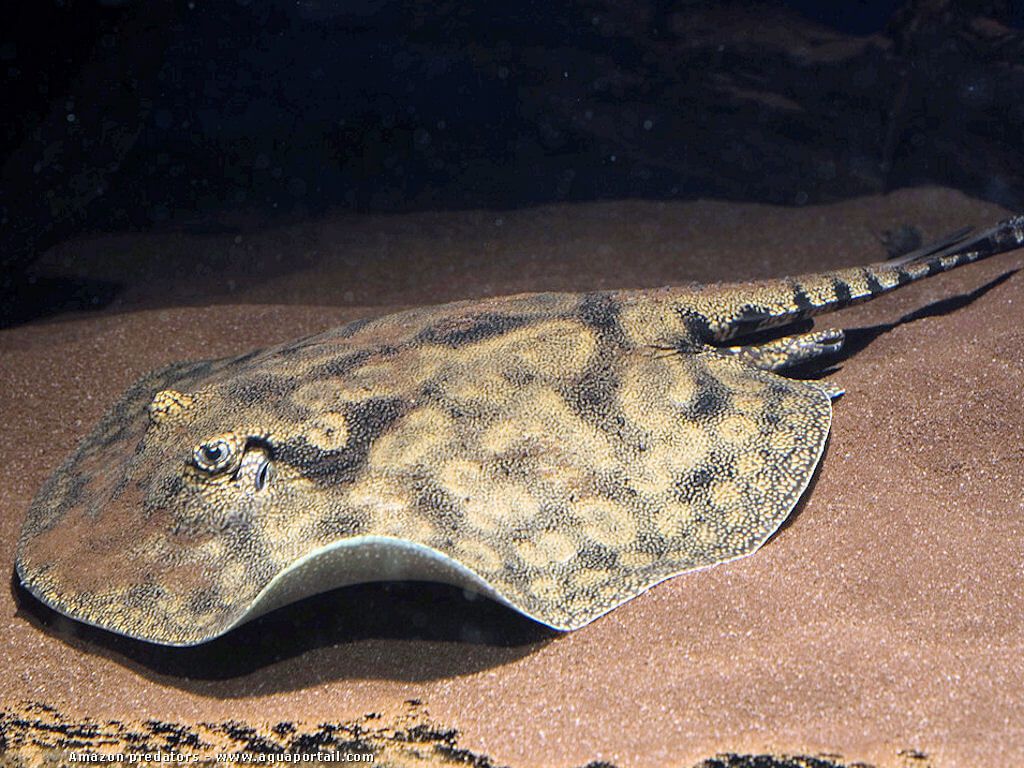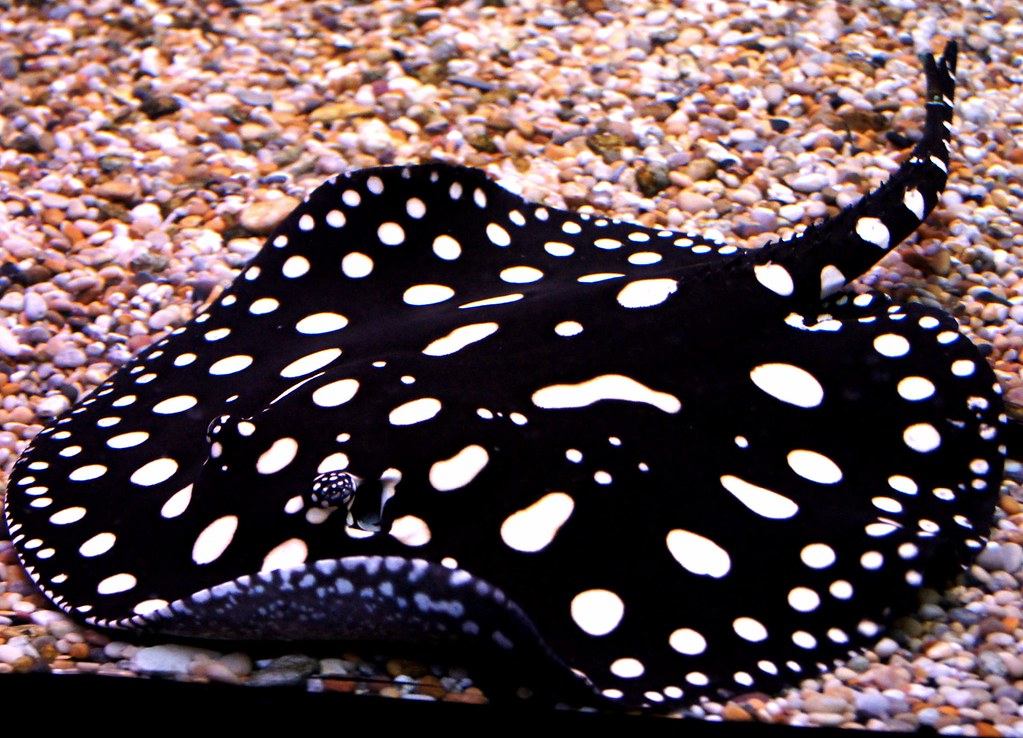Safety for Stingrays
Two Freshwater Species Proposed at COP19
Lawrence Dale Cooper
Brazil proposes that the Polkadot Stingray (Potamotrygon leopoldi) and Rio Negro Hystris ray (Potamotrygon wallacei) for listing in Appendix II of CITES, recognising that the ornamental trade for aquariums may have a detrimental impact on the status of these species.
P. wallacei is endemic to the middle Negro River basin, in the Brazilian Amazon. It’s very habitat specific and can only be found in areas of small creaks and flooded forests (igapós). It has a low reproductive rate, late sexual maturation, is endemic, sedentary, and has high environmental specificity. Unfortunately, features that reduce its resilience to direct and indirect threats such as fishing and environmental changes
P. leopoldi is a neotropical freshwater stingray endemic to the Xingu River and two of its tributaries, the Iriri and Curuá rivers. P. leopoldi is considered the most valued Brazilian stingray in the ornamental market. It is a medium to large size ray species with a dark back broken with white or beige spots. The dorsal pattern makes it extremely attractive to aquarists.


In addition to being caught as juveniles for ornamental purposes, these rays are also fished for food. The targeting by fisheries has increased in recent years, especially on adult stocks. As has the capture of individuals for breeding stock for cultivation establishments in Asia, the European Union, and North America.
Being caught in all phases of the life cycle (juveniles and adults) creates a downward spiral that could result in species extinction. In addition, P. leopoldi has restricted geographical distribution and faces loss of habitat integrity in the Xingu River, caused by the growth of agriculture, and increased ranching, mining, and construction of the Belo Monte.
The ray’s native habitat is being degraded by deforestation, wildfires, construction and hydroelectric power plants, agricultural expansion, fisheries for food and ornamental trade, all feeding the population declines.
Why this proposal is needed
The regulation of trading for these species is vital to ensure that the harvest of specimens is not reducing the wild population to a level at which its survival might be threatened, in accordance with the Criteria B of Annex 2a (Conf. 9.24, Rev. CoP17).
This proposal also includes “look-alikes” freshwater stingray species that appear in the ornamental fish trade legally. Because trade in some species is allowed, it provides an easy loophole for the mislabelling of more endangered species.
The full Proposal, CoP19 Prop. 39, can be found at: Proposal for amendment of Appendix I or II for CITES CoP19

What Sea Save Foundation Is Doing
We are working with delegates at this year’s conference to enact changes to the international trade of endangered species that will protect them globally. We do this by offering creative, economically viable, sustainable, and environmentally friendly plans to decision-makers. We recognize this challenge is not only to protect wildlife, but to ensure the economic livelihood and food security of people.
We are credible, scientific, and connected. We’ve sent three delegates to this year’s conference, including our director, Georgienne Bradley, who recently earned a Master’s degree in the Management and Conservation of Species in Trade. To date, only a select number of students have completed this specialized training in scientific bases, techniques and instruments that enable CITES implementation and development to combat the illegal international trade of wildlife.




